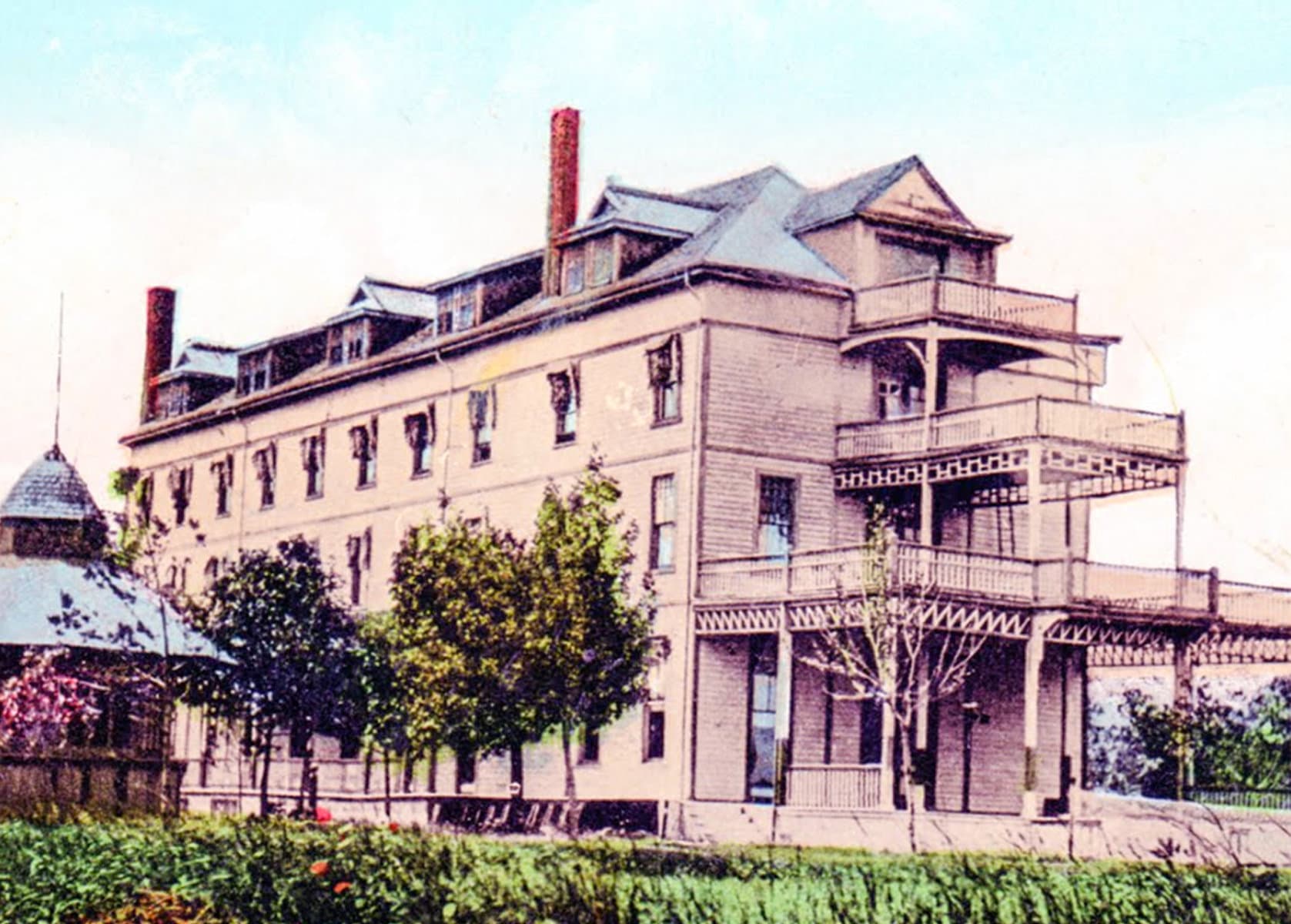Editor’s note: This column has been updated to correct the locations of the Chautauqua Hotel and Lakeside House.
Tourism and Niagara-on-the-Lake, the two are almost synonymous.
Since the middle of the 19th century, this town has been a tourist destination. Some of the finest houses in Niagara-on-the-Lake were built as summer homes by both Canadian and American families.
NOTL’s Chautauqua community owes its very existence to that tourism.
In 1874, on the shores of Chautauqua Lake in New York, John Vincent and Lewis Miller opened an outdoor summer education program for adults.
With program offerings addressing science, politics, art, theatre and music, complemented by sporting competitions, the concept generated a tremendous level of success.
The outdoor format naturally lent itself to family vacations “with a purpose” that appealed to the cultural mores of the day and what began as a camping experience quickly evolved into a resort.
The success of the original New York Chautauqua was duplicated in what came to be known as “daughter” Chautauquas that sprang up wherever Americans were prone to holiday.
Here in Niagara-on-the-Lake, postmaster Robert Warren together with several Toronto investors formed the Niagara Assembly, purchased the 90-acre Crooks property in 1886, then immediately started to design and build their daughter Chautauqua.
The street plan was that of a wagon-wheel with the hub devoted to an amphitheatre that sat 4,000 people. Ryerson Park was set aside and a wharf constructed.
By the spring of 1888, the Chautauqua Hotel, which featured all the latest modern conveniences (bathrooms, electricity, telephone, telegraph, etc.), was open for business on the east side of One Mile Pond near present-day Lansdowne Avenue.
A second hotel, the Lakeside House, was added thereafter on the triangular lot bordered by Vincent and Shakespeare streets beside the park.
Now, the Niagara Assembly’s business plan was predicated on a booming tourist market and lot sales, but unfortunately their full opening coincided with a run on Wall Street that set off a deep international recession lasting through the rest of the 19th century.
As a result, in 1894, the Niagara Assembly was forced to sell off its Chautauqua to the Niagara Syndicate, which changed the name of the hotel to Strathcona and operated it until 1909, when it was destroyed by a fire.
Through this period, the Niagara Syndicate continued to sell property lots principally to those who wished to build summer cottages.
These were typically owner-occupied for two weeks to a month and rented to vacation goers during the rest of the spring, summer and autumn seasons.
By 1922, the Mississauga Land Beach Association acquired the remaining land, laid out a new plan of subdivision and proceeded to sell off the lots. However, they too suffered financial reverses and lost all the lots still in their possession to the town for unpaid taxes. These were subsequently sold off at “fire sale” prices.
Importantly, the profile of the majority who purchased lots in Chautauqua remained the same: people looking to build a summer cottage and offset their costs with vacation rental income.
As a result, the streetscapes of the neighbourhood were lined with small, modest one- and one-and-a-half-storey dwellings that usually were not winterized. More substantial homes were few and far between.
This was the character of Chautauqua through the remainder of the 20th century and well into the current century. In fact, until fairly recently, many of the actors from the Shaw were seasonal cottage renters in the neighbourhood.
Then, during the last decade, the gentrification of Chautauqua commenced and the face of this part of town began undergoing change.
Much larger, often two-storey homes built to maximum (or over) lot coverage started to sprout up between the old cottages, disrupting the rhythm of the traditional streetscapes.
Now, the quaint character and inclusiveness of the traditional vacation home neighbourhood is well on its way to disappearing as the homogenizing nature of gentrification expands its influence.
And, just to be clear, I completely understand that communities do and should evolve over time to reflect the prevailing socio-political-economic mores.
That said, I can still mourn the loss of those modest dwellings, the laidback vibe of a cottage community occupied by families on holidays just enjoying their time here.
For over 100 years Chautauqua has been, in one of the best ways, part of Niagara-on-the-Lake’s tourism industry. It’s something I feel needs to be honoured in the town’s future planning.










